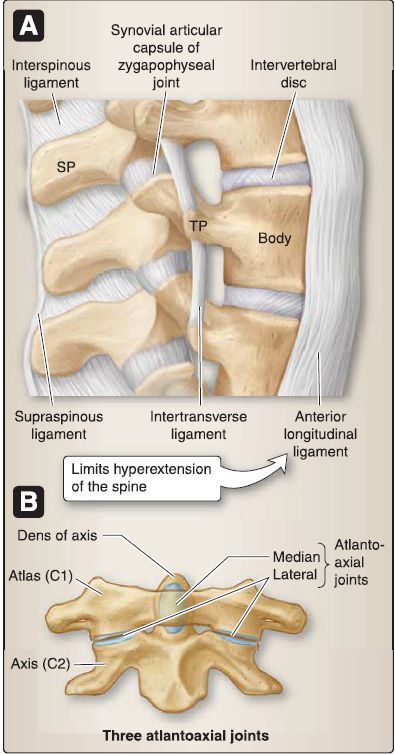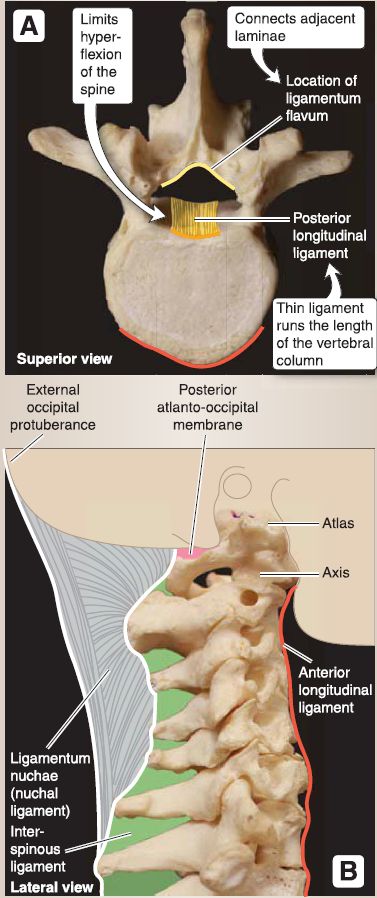

النبات

مواضيع عامة في علم النبات

الجذور - السيقان - الأوراق

النباتات الوعائية واللاوعائية

البذور (مغطاة البذور - عاريات البذور)

الطحالب

النباتات الطبية


الحيوان

مواضيع عامة في علم الحيوان

علم التشريح

التنوع الإحيائي

البايلوجيا الخلوية


الأحياء المجهرية

البكتيريا

الفطريات

الطفيليات

الفايروسات


علم الأمراض

الاورام

الامراض الوراثية

الامراض المناعية

الامراض المدارية

اضطرابات الدورة الدموية

مواضيع عامة في علم الامراض

الحشرات


التقانة الإحيائية

مواضيع عامة في التقانة الإحيائية


التقنية الحيوية المكروبية

التقنية الحيوية والميكروبات

الفعاليات الحيوية

وراثة الاحياء المجهرية

تصنيف الاحياء المجهرية

الاحياء المجهرية في الطبيعة

أيض الاجهاد

التقنية الحيوية والبيئة

التقنية الحيوية والطب

التقنية الحيوية والزراعة

التقنية الحيوية والصناعة

التقنية الحيوية والطاقة

البحار والطحالب الصغيرة

عزل البروتين

هندسة الجينات


التقنية الحياتية النانوية

مفاهيم التقنية الحيوية النانوية

التراكيب النانوية والمجاهر المستخدمة في رؤيتها

تصنيع وتخليق المواد النانوية

تطبيقات التقنية النانوية والحيوية النانوية

الرقائق والمتحسسات الحيوية

المصفوفات المجهرية وحاسوب الدنا

اللقاحات

البيئة والتلوث


علم الأجنة

اعضاء التكاثر وتشكل الاعراس

الاخصاب

التشطر

العصيبة وتشكل الجسيدات

تشكل اللواحق الجنينية

تكون المعيدة وظهور الطبقات الجنينية

مقدمة لعلم الاجنة


الأحياء الجزيئي

مواضيع عامة في الاحياء الجزيئي


علم وظائف الأعضاء


الغدد

مواضيع عامة في الغدد

الغدد الصم و هرموناتها

الجسم تحت السريري

الغدة النخامية

الغدة الكظرية

الغدة التناسلية

الغدة الدرقية والجار الدرقية

الغدة البنكرياسية

الغدة الصنوبرية

مواضيع عامة في علم وظائف الاعضاء

الخلية الحيوانية

الجهاز العصبي

أعضاء الحس

الجهاز العضلي

السوائل الجسمية

الجهاز الدوري والليمف

الجهاز التنفسي

الجهاز الهضمي

الجهاز البولي


المضادات الميكروبية

مواضيع عامة في المضادات الميكروبية

مضادات البكتيريا

مضادات الفطريات

مضادات الطفيليات

مضادات الفايروسات

علم الخلية

الوراثة

الأحياء العامة

المناعة

التحليلات المرضية

الكيمياء الحيوية

مواضيع متنوعة أخرى

الانزيمات
Joints and Ligaments
المؤلف:
Kelly M. Harrell and Ronald Dudek
المصدر:
Lippincott Illustrated Reviews: Anatomy
الجزء والصفحة:
12-7-2021
1876
Joints and Ligaments
Joints of the vertebral column include both synovial and symphysis type articulations (Fig. 1). Anteriorly, adjacent vertebral bodies are joined by interposed intervertebral discs (symphysis type), allowing for weight bearing and contributing to the strength of the spine.

Figure 1 :Zygapophyseal (facet) joints.A, Lumbar region. B, Atlantoaxial joints. SP = spinous process, TP = transverseprocess.
A. Joints
Posteriorly, zygapophyseal joints (synovial type) occur between the articular processes bilaterally, and orientation of the articular facets dictates regional type and range of motion. Finally, craniovertebral joints join the base of the skull and cervical spine. These joints are further supported through a series of ligaments.
1. Symphysis joints: Anteriorly, adjacent vertebral bodies are joined by intervertebral discs. lntervertebral discs are present at all presacral levels except between the occiput, atlas (C1), and axis (C2). These joints are formed between the annulus fibrosus of the disc and a thin layer of hyaline cartilage on the articular surface of the vertebral body.
2. Synovial joints: Synovial plane joints are supported by an articular capsule and allow for gliding in different planes, depending on the spinal region. For example, in the cervical spine, these joints are oriented between the horizontal (transverse) and frontal (coronal) planes, allowing for a wide range of motion. Conversely, lumbar facet joints are oriented in the sagittal plane, allowing mainly spinal flexion and extension with minimal side-bending and rotation.
a. Zygapophyseal joints (facet joints): Posteriorly, zygapophyseal joints occur between superior and inferior articular processes on either side of the vertebral arch of adjacent vertebrae.
b. Craniovertebral joints: These include the atlanto-occipital joint between the occipital condyles and C1 (atlas) and the atlantoaxial joint between C1 and C2 (axis). The atlanto-occipital joint permits head nodding (e.g., nodding "yes"), whereas the atlantoaxial joint allows for head rotation (e.g., "no" movement). Rotation at the atlantoaxial joint occurs around the axis of the dens of C2.
B. Ligaments
The vertebral column is supported by a series of ligaments that limit excessive spinal motion (Fig. 2). The anterior longitudinal ligament spans from the occipital tubercle to the sacrum over the anterior and lateral surfaces of vertebral bodies and discs. This ligament is wide and strong and prevents hyperextension of the spine. The posterior longitudinal ligament runs along the posterior surface of the vertebral bodies and discs from the axis to the sacrum and coccyx. This ligament is thin and provides little resistance to disc herniation, especially in the lumbar region. It prevents hyperextension.

Figure 2: Vertebral ligaments. A, Lumbar spine. B, Cervical spine.
1. Posterior ligaments: The supraspinous ligament runs over the tips of the spinous processes, connecting adjacent spines. In the cervical region, the supraspinous ligament is replaced by the nuchal ligament, which has higher elastic connective tissue content and forms a strong midline band of tissue that is easily palpated.
2. Segmental ligaments: These span between various vertebral structures and include the interspinous and intertransverse ligaments, between the spinous and transverse processes, respectively. The ligamentum flavum connects adjacent laminae, forming the posterior wall of the vertebral canal.
3. Ligaments of the craniovertebral joints: These include anterior and posterior atlanto-occipital and tectorial membranes, alar ligaments, and the cruciate ligament (transverse ligament of atlas and longitudinal bands}. The transverse ligament of the atlas is crucial in maintaining the atlantoaxial joint position and in keeping the dens of C2 from being driven posteriorly into the spinal cord or superiorly into the brainstem .
4. Inferior ligaments: A series of strong ligaments anchor the spine to the pelvis, including the iliolumbar and sacroiliac ligaments.
 الاكثر قراءة في علم التشريح
الاكثر قراءة في علم التشريح
 اخر الاخبار
اخر الاخبار
اخبار العتبة العباسية المقدسة

الآخبار الصحية















 قسم الشؤون الفكرية يصدر كتاباً يوثق تاريخ السدانة في العتبة العباسية المقدسة
قسم الشؤون الفكرية يصدر كتاباً يوثق تاريخ السدانة في العتبة العباسية المقدسة "المهمة".. إصدار قصصي يوثّق القصص الفائزة في مسابقة فتوى الدفاع المقدسة للقصة القصيرة
"المهمة".. إصدار قصصي يوثّق القصص الفائزة في مسابقة فتوى الدفاع المقدسة للقصة القصيرة (نوافذ).. إصدار أدبي يوثق القصص الفائزة في مسابقة الإمام العسكري (عليه السلام)
(نوافذ).. إصدار أدبي يوثق القصص الفائزة في مسابقة الإمام العسكري (عليه السلام)


















